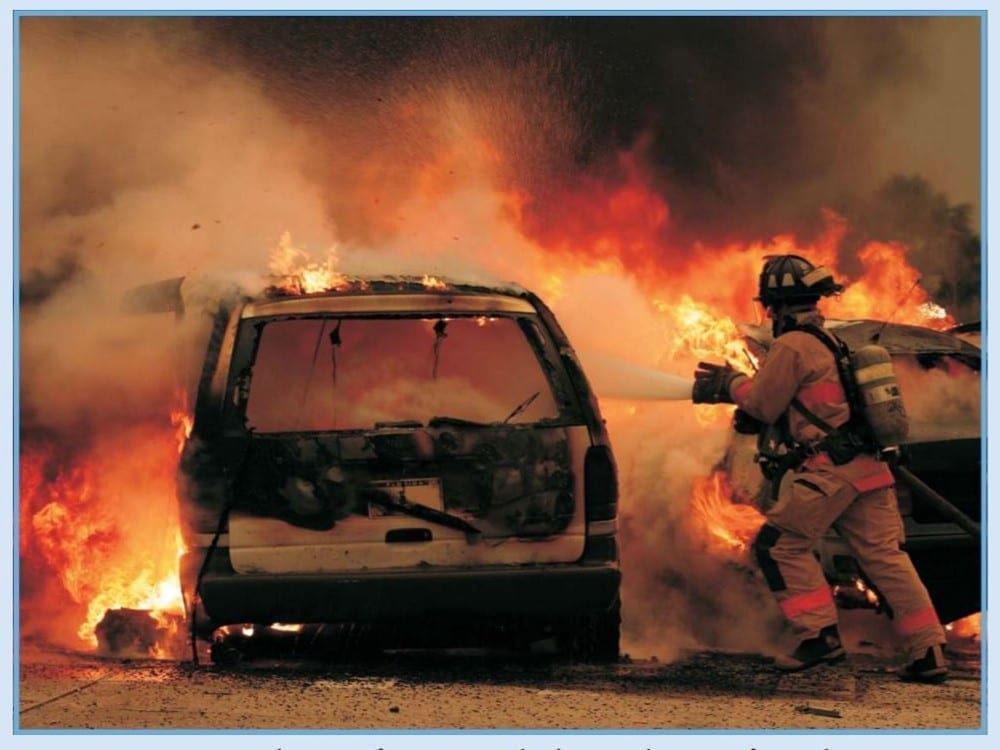NHTSA acts to erase research papers on URGENCY. On July 4, 2018 Legal Reader published the article “Emergency Medical Care for Crash Victims” that was critical of NHTSA’s decades of delay in setting standards to improve rescue of seriously injured crash victims.
NHTSA acts to erase research papers on URGENCY. On July 4, 2018 Legal Reader published the article “Emergency Medical Care for Crash Victims” that was critical of NHTSA’s decades of delay in setting standards to improve rescue of seriously injured crash victims. 1
I also published an article on the subject at Care for Crash Victims that included the Legal Reader article. 2
Within 2 weeks, NHTSA has erased access to a number of pioneering papers on the research, development, testing, and evaluation of URGENCY software from its ESV Conference Proceedings on Enhanced Safety of Vehicles. 3
Those papers documented what NHTSA, GM, the auto industry, and government agencies knew about URGENCY and when they knew it – since 1992. I have preserved many of these papers and make them publicly available now free of charge. 4
Why it Matters
Currently in the U.S.A. on every average day more than 100 people die of crash injuries and about 56% are not transported in time to any medical facility before they suffer and die. 5
In addition, about 400 suffer serious injuries such as brain damage, paraplegia, quadriplegia, amputations, and burns with life long consequences and costs amounting to NHTSA estimates of about $2 Billion Per Day. 6
As I learned at NHTSA beginning in the 1970s, the tragic effects of deaths and injuries have consequences on people and families including children orphaned, families broken, and lives shattered forever. 7
Tragic Deaths Preventable with Timely Treatment
Beginning in 1992, I shockingly learned that occult or hidden injuries could be fatal when EMT’s, nurses, and doctors missed internal injuries because they lacked timely information from the scene of the crash. 8
So, began the hunt for technological interventions that could equip the Emergency Medical Care community with timely information on crashes. The hunt was summarized in a NHTSA approved paper published in 2003 that described our work that led, among other advances, to the Wireless Communications and Public Safety Act of 1999 that established 9-1-1 as the “universal emergency telephone number”.
“The Act, based in part on the research findings reported herein, states that “emerging technologies can be a critical component…to reduce emergency response times and provide appropriate care” 9
The pioneering NHTSA work in the 1990s sought to improve the triage, transport and treatment of crash victims using instant and automatic transmission of important crash information on crashes. Such time and life critical information would include crash location, URGENCY ratings of the probability of the presence of serious injuries and need for rescue resources such as extrication personnel and equipment.

In 2002, GM paper on OnStar AACN cited our 1990s NHTSA Research. 10
But by 2008, GM had changed its approach and increased its influence over NHTSA and CDC. CDC published a report on AACN, that was funded in part by GM, that relied on 1990s NHTSA Research on Triage but ignored important aspects of the 1990s triage research on rollover crash injuries. 11
NHTSA’s latest actions to erase access on its web site to pioneering research on emergency medical care is evidence of its capture by corporate interests. The importance of these actions will be felt in the decades to come by people who suffer injuries that could have been prevented if NHTSA were doing its job for the people rather than for the corporations.
Sources:
- Emergency Medical Care for Crash Victims – Legal Reader
- Emergency Medical Care for Crash Victims – Care for Crash Victims
- Enhanced Safety of Vehicles
- URGENCY
- See JS Final NHTSA Vehicle Deaths GraphData Percentages States 06-15-15-1 2015 at https://www.careforcrashvictims.com/home/urgency/
- The Economic and Societal Impact Of Motor Vehicle Crashes, 2010
- Effects On Families
- Occult Injury Database & Studies
- Reducing Highway Deaths and Disabilities with Automatic Wireless Transmission of Serious Injury Probability Ratings from Vehicles in Crashes to EMS
- Launching Advanced Automatic Crash Notification (AACN): A New Generation of Emergency Response
- NHTSA CIREN – Defending Rigged Rescue Rules


Join the conversation!